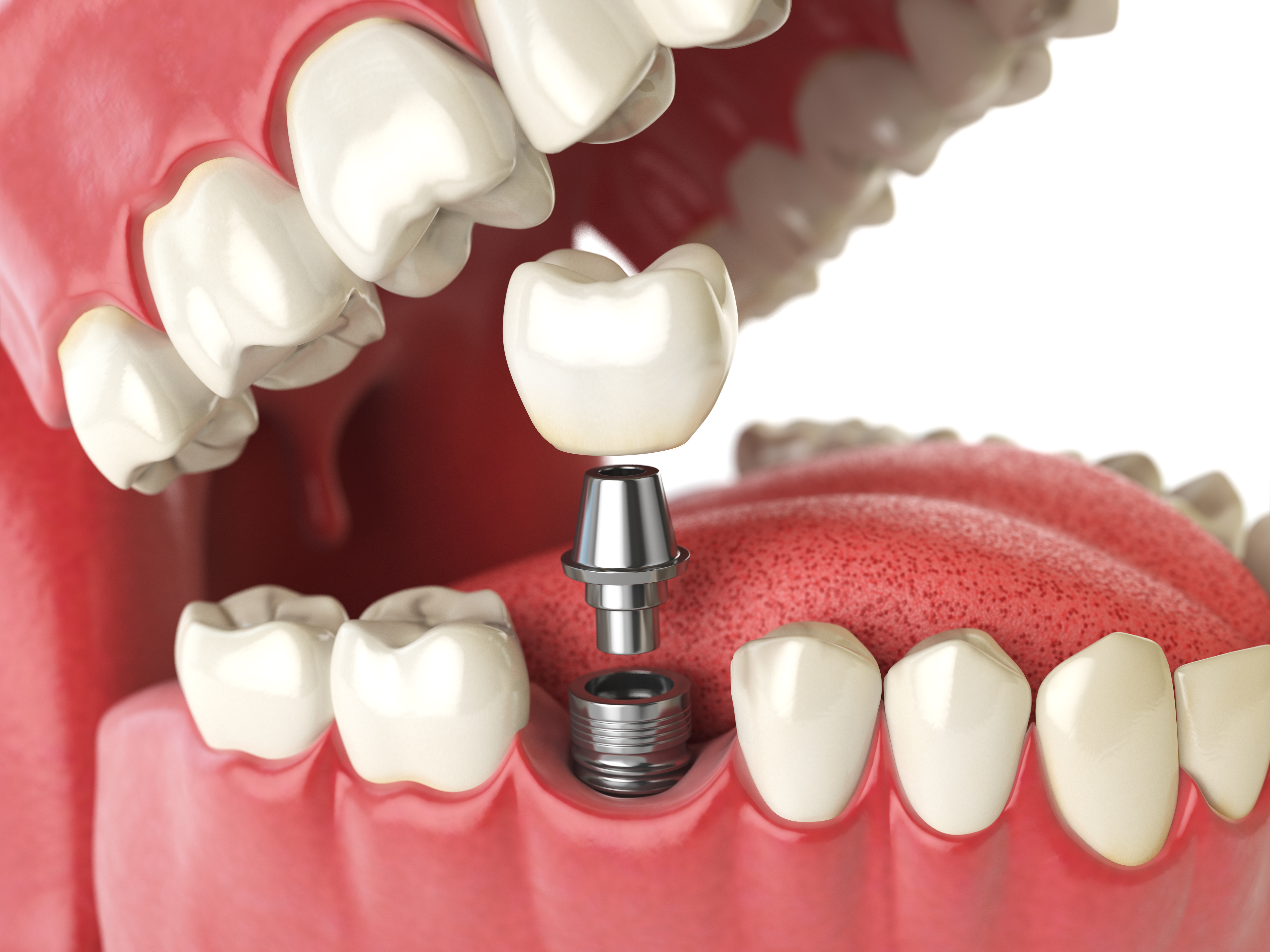Unveiling the Miracle of Dental Implants: A Gateway to a Complete Smile
Missing teeth can disrupt more than just your smile—it makes chewing favorite foods hard, affects how you speak, and even chips away at confidence. If you’re tired of temporary fixes that don’t feel natural, dental implants offer a reliable solution. Made of biocompatible materials like titanium, they act as artificial tooth roots, blending with your jawbone for stability. Unlike traditional dentures, they protect adjacent healthy teeth and look just like your natural teeth. This guide breaks down what dental implants are, why they work, and how they can bring back your comfortable, complete smile.

Modern dental technology has revolutionized tooth replacement options, with dental implants emerging as the gold standard for addressing missing teeth. These sophisticated devices consist of a titanium post surgically placed into the jawbone, topped with a crown that resembles a natural tooth. The process involves careful planning, precise placement, and a healing period that allows the implant to become a permanent part of your oral structure.
What Makes Biocompatible Material Essential for Implants
The success of dental implants largely depends on the biocompatible material used in their construction. Titanium serves as the primary material due to its unique ability to integrate seamlessly with human bone tissue without causing adverse reactions. This biocompatibility ensures that your body accepts the implant as a natural component rather than rejecting it as a foreign object. The material’s corrosion resistance and strength make it ideal for withstanding the daily forces of chewing and speaking while maintaining structural integrity over decades.
Understanding Stability with Osseointegration Process
Osseointegration represents the biological foundation that makes dental implants so successful. This process involves the direct structural and functional connection between living bone and the implant surface. During the healing period, typically lasting three to six months, bone cells grow around and attach to the titanium surface, creating a bond stronger than that of natural tooth roots. This stability with osseointegration eliminates the movement and discomfort often associated with traditional dentures, providing a secure foundation for eating, speaking, and smiling with confidence.
Achieving Natural-Looking Restoration Results
One of the most compelling advantages of dental implants is their ability to provide natural-looking restoration that seamlessly blends with existing teeth. Modern crown technology allows dental professionals to match the color, shape, and size of surrounding teeth with remarkable precision. The crown sits at gum level, creating the appearance of a tooth emerging naturally from the gums. Advanced materials and techniques ensure that the restoration maintains its appearance over time, resisting staining and wear that might affect other tooth replacement options.
How Implants Provide Protection for Adjacent Teeth
Traditional tooth replacement methods often require modification of healthy adjacent teeth to support bridges or partial dentures. Dental implants eliminate this need, offering protection for adjacent teeth by functioning independently. This preservation approach maintains the structural integrity of surrounding teeth while preventing the bone loss that typically occurs when tooth roots are missing. The implant stimulates the jawbone through normal chewing forces, maintaining bone density and facial structure that might otherwise deteriorate over time.
Ensuring Reliable Long-Term Use and Maintenance
Dental implants offer reliable long-term use when properly maintained through regular oral hygiene and professional care. Studies indicate that implants can last 20 years or more with appropriate maintenance, making them a cost-effective solution over time. Daily brushing and flossing, combined with regular dental checkups, help ensure the longevity of both the implant and surrounding tissues. The durability of titanium and modern crown materials means that most patients experience decades of trouble-free function from their implants.
| Treatment Phase | Provider Type | Cost Estimation |
|---|---|---|
| Initial Consultation | General Dentist | $100 - $300 |
| Implant Placement | Oral Surgeon/Periodontist | $1,500 - $3,000 |
| Crown Restoration | Prosthodontist/General Dentist | $1,000 - $2,500 |
| Complete Treatment | Dental Implant Specialist | $3,000 - $6,000 |
Prices, rates, or cost estimates mentioned in this article are based on the latest available information but may change over time. Independent research is advised before making financial decisions.
The investment in dental implants extends beyond the initial treatment cost, encompassing improved quality of life, enhanced oral health, and long-term savings compared to repeated repairs or replacements required by other tooth replacement options. Many dental practices offer financing options or payment plans to make this transformative treatment more accessible to patients seeking permanent tooth replacement solutions.
Dental implants represent a remarkable convergence of medical science and engineering, offering individuals the opportunity to restore their smiles with unprecedented success rates and patient satisfaction. The combination of biocompatible materials, osseointegration technology, and advanced restoration techniques creates a tooth replacement solution that closely approximates the function and appearance of natural teeth, providing patients with renewed confidence and improved oral health for years to come.




